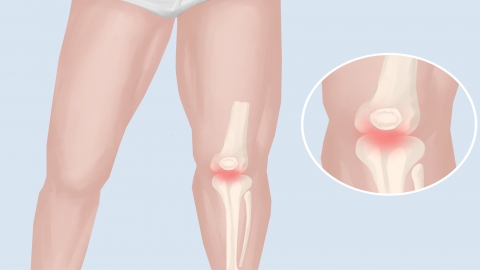Can knee joint effusion be treated with moxibustion?
In general, whether knee effusion can be treated with moxibustion depends on the underlying cause of the knee effusion. If the knee effusion is non-infectious, moxibustion is usually applicable; however, if the knee effusion is caused by infection or tumor-related diseases, moxibustion is not recommended. If discomfort occurs, timely medical consultation is advised. Detailed analysis is as follows:

When knee effusion is caused by invasion of wind-cold-damp pathogenic factors or local blood stasis due to overuse, moxibustion can be used. This is because the warm stimulation of moxibustion can help warm the meridians, dispel cold, promote qi circulation, and remove blood stasis, thereby improving local blood circulation, aiding in the elimination of pathogenic cold and dampness, facilitating the flow of qi and blood, and promoting the absorption of effusion. For example, knee effusion triggered by working in cold and damp environments for prolonged periods or catching cold after exercise is generally suitable for treatment with moxibustion.
However, if knee effusion is caused by joint infection, tuberculosis of the joint, intra-articular tumors, or other similar factors, moxibustion is not recommended. Moxibustion may lead to the spread of infection or stimulate tumor cell growth, thus worsening the condition.
In daily life, one should keep the knee warm, reduce physical activity, maintain a balanced diet, wear protective supports, and undergo regular follow-up examinations.







